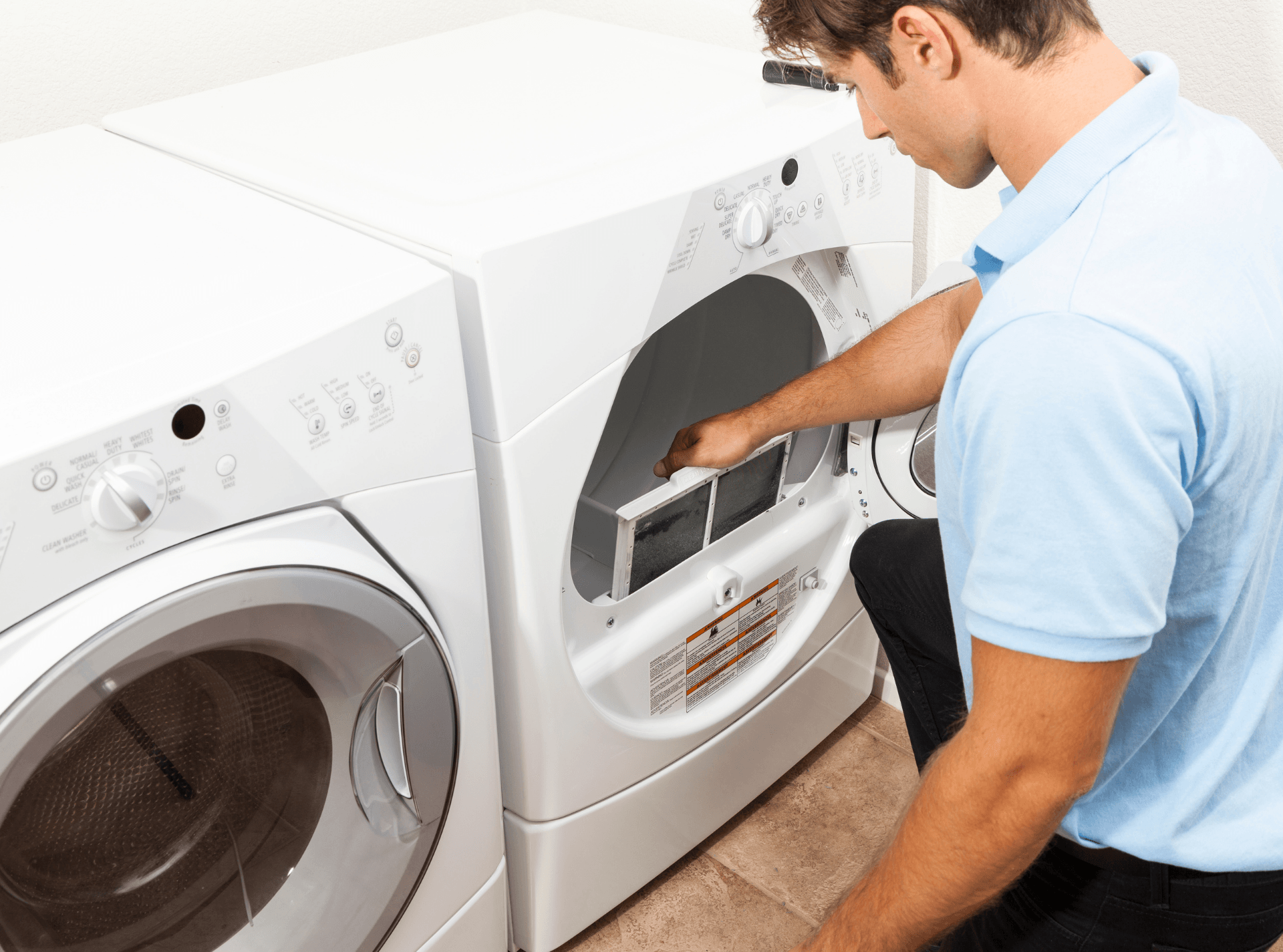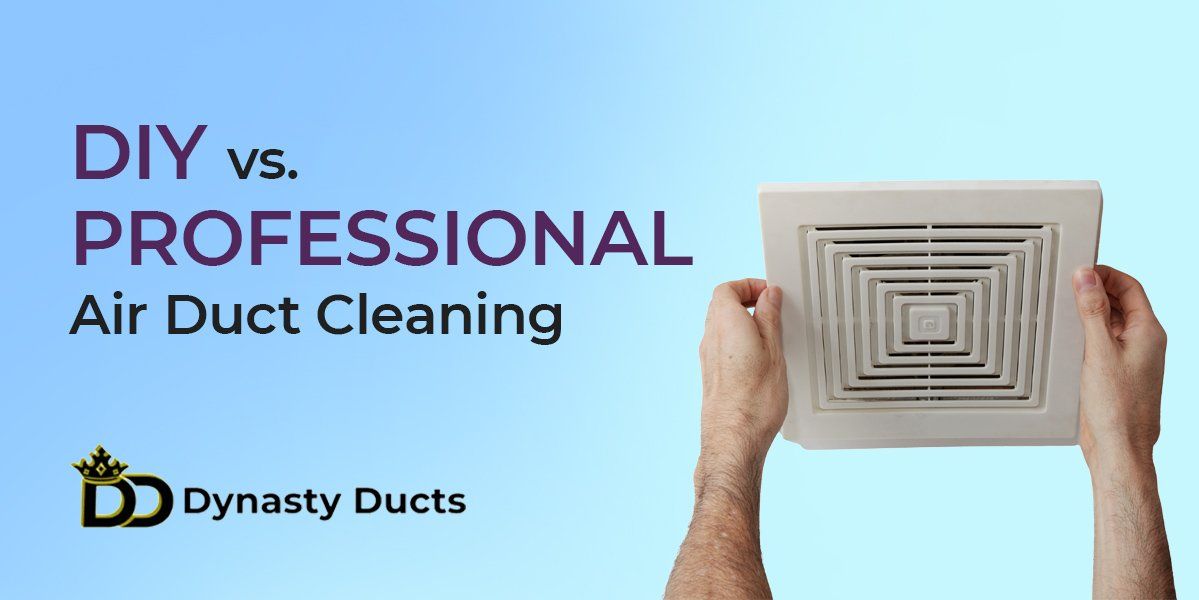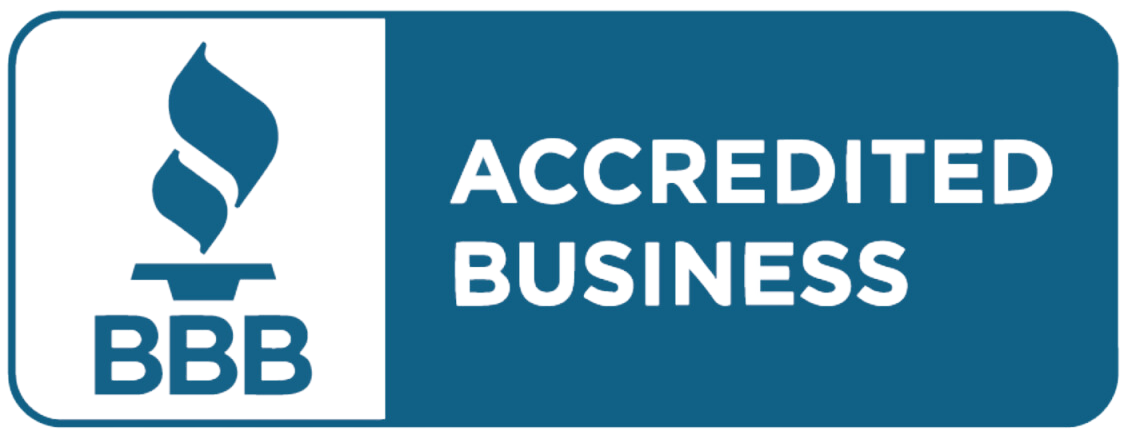Dryer vents are essential to your home but can be hazardous if improperly installed or maintained. Our dryer vent safety checklist helps ensure your dryer venting system is installed correctly and operating safely and efficiently, protecting your property and family.

Share this page:
Why Code Requirements Are Necessary
A poorly installed or maintained dryer vent system can lead to excess moisture buildup, reduced efficiency, and potential safety hazards. That's why the requirements outlined in Section 504 of the Georgia State Minimum Standard Mechanical Code are necessary.
The Hazards of an Improperly Installed or Maintained Dryer Vent System
If you own an older home, ensuring that your dryer vent system complies with the current building code requirements is imperative. Over time, ducts can become damaged or clogged with lint and debris, leading to reduced efficiency and even fire hazards.
Assessing Your Dryer Vent System for Safety
To help you protect your home and family, we've compiled simple checklist of items to look for when assessing your dryer vent system. While we can't guarantee that this list will help you identify every lurking issue, it's an excellent place to start identifying the most obvious problems.
Dryer Vent Safety Checklist
Follow this easy checklist to assess your dryer vent system's safety, including checking the vent's location, material, presence of a backdraft damper, cleanliness, termination, and other necessary measures.
- Check the dryer's location: Is the dryer located against an outside wall with access to the outside for ventilation?
- Check for signs of damage: Inspect the dryer vent duct for any signs of damage, such as cracks or holes.
- Make sure the dryer vent is made of the suitable material: Is the vent made of metal, and is it at least 4 inches in diameter?
- Check for the presence of a backdraft damper: Does the dryer vent have a backdraft damper installed to prevent outside air from entering the system?
- Ensure the dryer vent is not obstructed: Is the dryer vent free of any obstructions, such as lint or debris?
- Verify that the vent terminates outside: Does the dryer vent terminate outside the building?
- Ensure there is a cleanout installed: Is there a cleanout installed on the vertical riser to allow for cleaning of the vent duct?
- Check for any penetrations in walls or ceilings: If the vent penetrates a wall or ceiling, is it sealed with non-combustible material or approved fire caulking?
- Verify that the dryer vent is not connected to any other system: Is the vent independent of all other systems and only used for conveying moisture and products of combustion to the outside?
- Check for necessary protective measures: Are protective shield plates installed to prevent nails or screws from penetrating the dryer exhaust duct?
The Importance of Contacting a Dryer Vent Specialist
Take Action to Protect Your Home and Family

By taking proactive steps to maintain your dryer vent system, you can help protect your home and family from potential hazards and ensure that your system runs efficiently for years to come.




